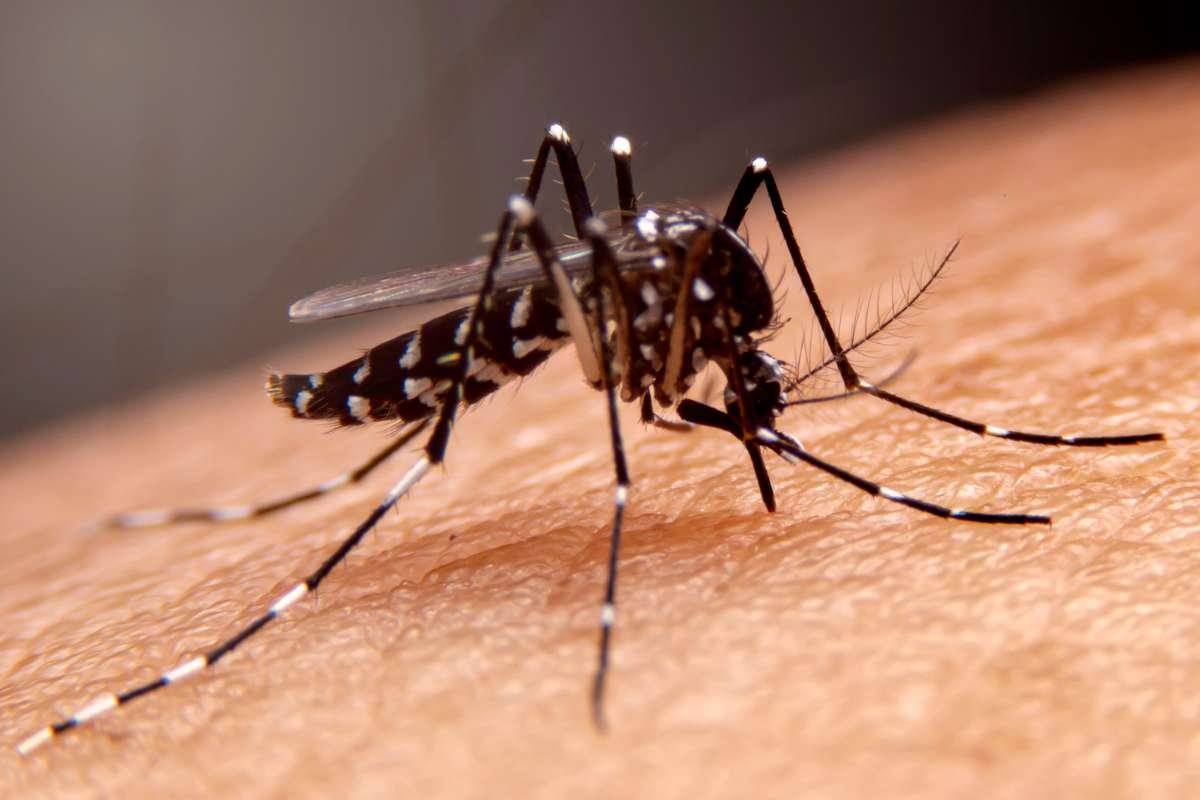The Return of an Ancient Predator
In a groundbreaking scientific development, Dallas-based biotech firm Colossal Biosciences has announced the successful “de-extinction” of the dire wolf —an apex predator that vanished around 12,500 years ago. The achievement marks what the company claims is the world’s first successful revival of an extinct animal. Three dire wolf pups, genetically engineered to resemble their ancient ancestors, have been born through a combination of gene editing, cloning, and DNA recovered from fossils.
Using the gray wolf—the closest living relative of the dire wolf de-extinction—as a genetic base, Colossal’s scientists modified 20 specific genes across 14 regions, recreating key traits of the extinct species, including white coats, longer and thicker fur, and a broader head and jaw. The effort was quietly underway for years as part of Colossal’s broader mission to resurrect extinct species like the woolly mammoth, Tasmanian tiger, and dodo.
Ben Lamm, Colossal’s CEO and co-founder, called the milestone a validation of the company’s end-to-end de-extinction platform. “Our team took DNA from a 13,000-year-old tooth and a 72,000-year-old skull and made healthy dire wolf puppies,” he said.
Inside the Science of Resurrection
The dire wolf de-extinction project involved assembling complete genomes from two fossil samples, which were then compared with DNA from modern-day canids, including wolves, foxes, and jackals. CRISPR gene editing was used to insert extinct traits into gray wolf cells, which were cloned and transferred into donor eggs. Domestic dogs—specifically large, mixed-breed hounds—served as surrogates for the gestation process.
Two male pups were born on October 1, 2024, followed by a female pup on January 30, 2025. The trio now resides in a 2,000-acre secured sanctuary outfitted with 10-foot-high fencing and monitored by drones, cameras, and security personnel. The site is certified by the American Humane Society and registered with the U.S. Department of Agriculture.
Love Dalén, a professor of evolutionary genomics at Stockholm University and an adviser to Colossal, praised the effort as a significant leap in the field. While acknowledging that the animals are genetically about 99.9% gray wolf, Dalén noted the observable traits strongly align with fossil reconstructions. “To me, it’s a dire wolf in that sense,” he said.
Ethical Questions and Future Implications
While the scientific community has marveled at the technological achievement, the project has also sparked ethical debates. Critics question the value of spending hundreds of millions on de-extinction efforts instead of preserving current endangered species. Since its founding in 2021, Colossal has raised over $435 million, including funds for ongoing mammoth and dodo revival projects.
Despite the controversy, Colossal says its work is already benefiting conservation efforts. The company recently announced the birth of two litters of cloned red wolves—the most critically endangered wolf species—using techniques refined during the dire wolf de-extinction project.
Environmental ethicist Christopher Preston acknowledged concerns about ecological integration but commended the company for its careful approach. Still, he remains skeptical about the role these engineered animals will play in the wild. “In places like Montana, we struggle to maintain gray wolf populations amid political resistance,” he said. “It’s difficult to imagine dire wolves being reintroduced to natural ecosystems.”
As the scientific and ethical conversations evolve, Colossal’s achievement has opened the door to an entirely new frontier—where science fiction edges closer to scientific reality.







